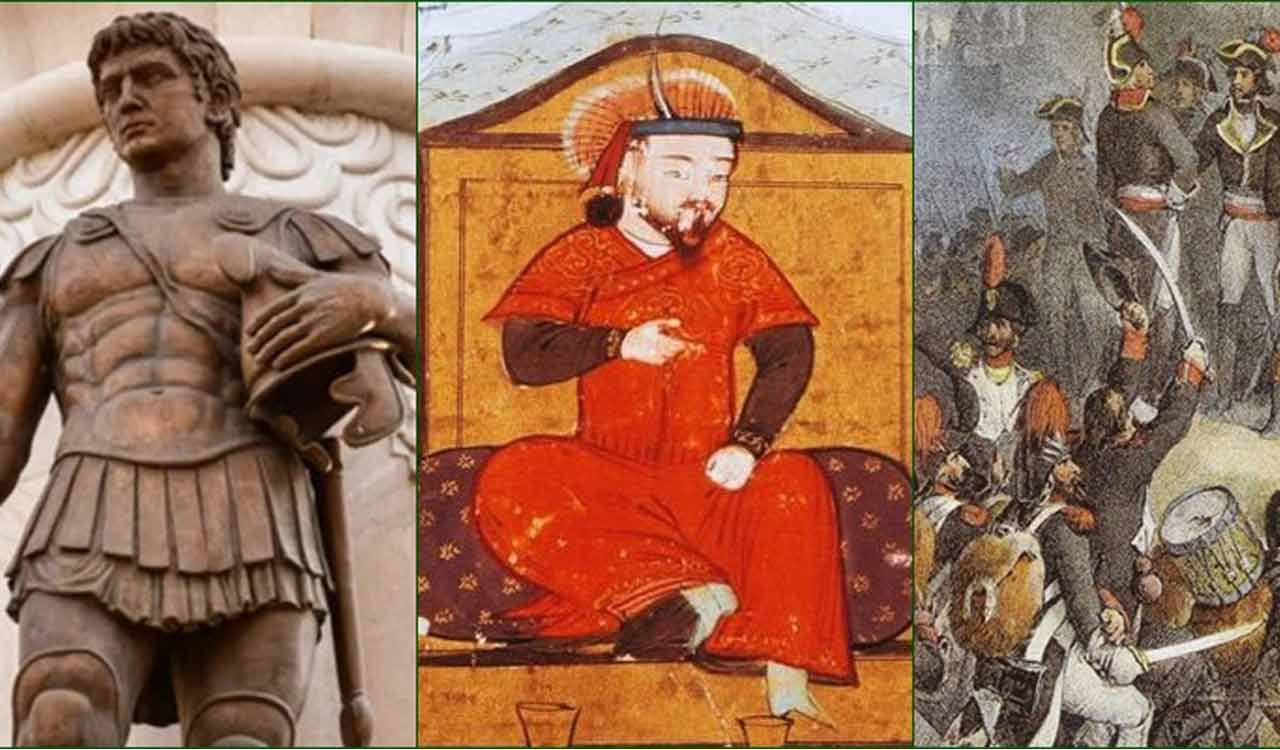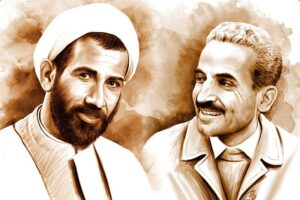Amidst political turbulence, internal conflicts, and global rivalries in the region, Gaza occupies a unique place with its 4,000-year history that predates the Israel-Arab tensions of the 20th century.
Published Date – 11:15 AM, Sun – 22 October 23

New Delhi: For the last three-quarters of a century, it has led a sordid existence under the authority of either of its neighbours or under their blockade, is termed the largest ‘open jail’ in the world, and/or an epicentre of terrorism. As the Israelis are poised to invade it following the Hamas attack, Gaza remains one of the world’s top flashpoints.
In a region characterised by political instability, fratricidal conflict, and geopolitical tensions, Gaza holds its own special niche, for its 4,000-years-old history predates the current Israel-Arab tensions of the 20th century.
Its position as a key land bridge between Asia and Africa led to it becoming a constant battleground over the centuries and witnessing repeated cycles of destruction and revival.
Across the centuries, the tread of Alexander the Great‘s Macedonian phalanxes and two centuries later, of the Roman legions, the pounding gallop of the Crusaders, the canter of Mongols’ mounted archers, Napoleon’s Frenchmen, the British (bolstered by their Indian Army contingents including the Hyderabad and Mysore Lancers, as well as the Australian Light Horse) echoed in the region.
Yet Gaza was not always an epicentre of battles and conflict – and spent long periods of prosperity and renown as a trading hub and seat of culture and learning.
The first records of human habitation in Gaza dates to the Bronze Age in 3300–3000 BC when the Ancient Egyptians built a fortress at a site south of present day Gaza City amid trade with what is now Israel. There were several spells of existence, destruction, and revival in the epoch and human settlements finally ceased to exist at the end of Bronze Age (c. 14th century BC).
Gaza figures, under its present name, in the ancient period when the Ancient Egyptians resettled the area but its location as a prominent caravan route made it the site of many battles between them and their neighbours from the Fertile Crescent, especially the Assyrians. It, however, remained in the former’s hands for over three centuries before being settled by the Philistines – who would go on to give their name to the whole area subsequently (Palestine).
In the Old Testament, Gaza is the area where legendary strongman Samson – whose strength was in the locks of his hair – was imprisoned and killed. According to biblical history, it was captured by King David of Israel but in the course of the next few centuries, fought over and captured at various times by Assyrians, Ancient Persians, and Babylonians.
When Alexander the Great marched on his way to conquer the world, Gaza was was the last city to resist his path to Egypt and withstood a siege for two months, before he finally captured it in 332 BCE. However, afterwards, he transformed it into a hub of Hellenic learning and philosophy as it continued to be held by his successors – the Ptolemaic and then, the Seleucid dynasties.
After another century and a half of flourishing as a port and being destroyed in local wars, Gaza next came to prominence in 60 BC when the Romans captured it under Pompey the Great, rebuilt it, and under the Roman Empire handed over to their client king, Herod the Great. Under the Romans, there were six centuries of relative peace and prosperity as it became a busy port and trade point between the Middle East and Africa.
There were tensions between the slowly spreading Christian faith and the Romans but no major violence till the 6th century until armies marched out of the Arabian desert to spread Islam. Gaza had a special place for Muslims as Prophet Mohammad had visited it several times when he was a trader – and it is believed that his great-grandfather lies buried there.
Gaza was besieged by the Arab army under Amr ibn al-As in 634 after the Battle of Ajnadayn with the Byzantines, gave them control over much of Palestine’s countryside, but not the major garrison cities. Under Caliph Umar, who had lived in Gaza himself earlier, the effort was strengthened and the Arabs overcame and killed the Byzantine troops, and city’s Jewish community, who fought alongside them, in 637, but spared the city’s inhabitants.
There was, by and large, peace again in Gaza for next few centuries, though it continued to come under various regional Islamic dynasties but its political and economic significance gradually dipped.
The First Crusaders, sweeping all before them, wrested it from then masters, the Fatimid dynasty, in 1100 and it remained in Christian hands for nearly two centuries, notwithstanding a devastating attack by Saladin in 1170. It came under his control as he conquered most of the Christian kingdoms of the area in 1187. In 1192, amid the Third Crusade, Richard the Lionheart captured it back but its fortifications were torn down.
Gaza remained under Muslim rule till around 1260 when Hulagu Khan’s Mongol hordes swept the Middle East, capturing Baghdad, Damascus, and rolling on through Palestine to conquer Egypt. They reached Gaza and destroyed it thoroughly. However, the withdrawal of Hulagu Khan with the bulk of his forces enabled the Mamluks to rout the Mongol remnants and reoccupy the area, on their way to rid Palestine of its Christian kingdoms.
Under Mamluk rule, Gaza began thriving initially but then again declined and when the Ottomans took over in 1516, it was an impoverished town with the port barely functioning and trade down. Under them too, its situation was so-so – flourishing under some governors and languishing under others.
The next conqueror was Napoleon, who occupied Gaza in 1799, as part of his Egyptian expedition, and termed it “the outpost of Africa, the door to Asia”. However, his stay was brief as the French soon withdrew.
The next battles in Gaza would take place in the First World War, when British armies from Egypt attempted to seize Palestine and other parts of the Middle East from the Ottomans, whose forces were bolstered by Imperial German officers. While the British lost the First and Second Battles of Gaza in March and April 1917, respectively, they prevailed in the Third Battle (November 1917) – Australian film “The Light Horsemen” (1987) offers a glimpse of the campaign.
Gaza was part of the British mandate of Palestine but was still restive – with the 1929 riots there forcing out the Jewish residents. After the 1948 Arab-Israeli war, it ended up with the Egyptians till the Israelis won it in 1967. After widespread insurgency, in the 1980s and 1990s, Israel unilaterally withdrew from it, but subsequently blockaded it and launched assaults in 2008–2009, 2012, and 2014.
Will the Israelis, which have, more or less, devastated half of it already, invade Gaza again and script another chapter in its (largely) star-crossed history?





